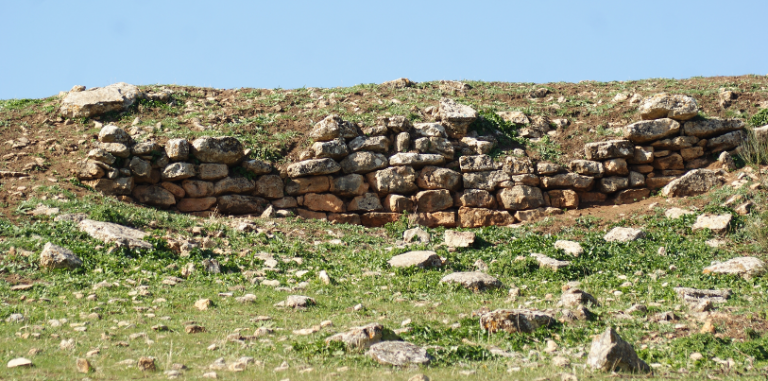
Portada » Know our environment


The settlement of Villavieja stands out for its imposing walled enclosure. This architectural structure, perfectly visible, runs along a perimeter of about three hundred meters. Although, it is currently half buried, as can be seen in the images. The archaeological

It is probable that the lands of Algarinejo have been inhabited since the Lower Paleolithic, approximately 400,000 years ago, according to the archaeological remains found at the end of the lznájar reservoir. They were nomadic hunters and gatherers, who lived

The urban route of Algarinejo invites you to take a tour of some elements of interest and monuments of the old town of Algarinejo. You will be able to learn more about the popular architecture and the history of the

The hermitage was built in 1730 on top of a hill populated with olive trees. In this place was the last station of a Way of the Cross that started from the parish church and distributed its 13 stations around

The Andalusian neighborhood is a magnificent urban example of the habitat and territorial organization during the Nasrid period. The Andalusian town was located on the top of a small hill, between the two rivers that run through the town. The

The Castilian neighborhood of Algarinejo was built with the arrival of the new settlers, between the 16th and 18th centuries, following a more rational pattern, with wide, grid-like streets arranged around a central square. Next to the typical farmhouses, there

This route presents several alternatives along the entire stretch of “Arroyo Morales”. It starts in the first place from the urban area of Algarinejo, in the direction of the “Molinos del Arrabal”. Before crossing the river for the first time,

It starts at the Abrevadero de la Harinera as it is a good accessible point with the urban network of Algarinejo. Next, you walk along a path that leads to the Turca River, from where a narrow

It is the most important monument of the town. It was erected in 1779, in a pure neoclassical style, by the architect Ventura Rodríguez -which links it to the temples of Santa Fe and Vélez de Benaudalla-, and paid for